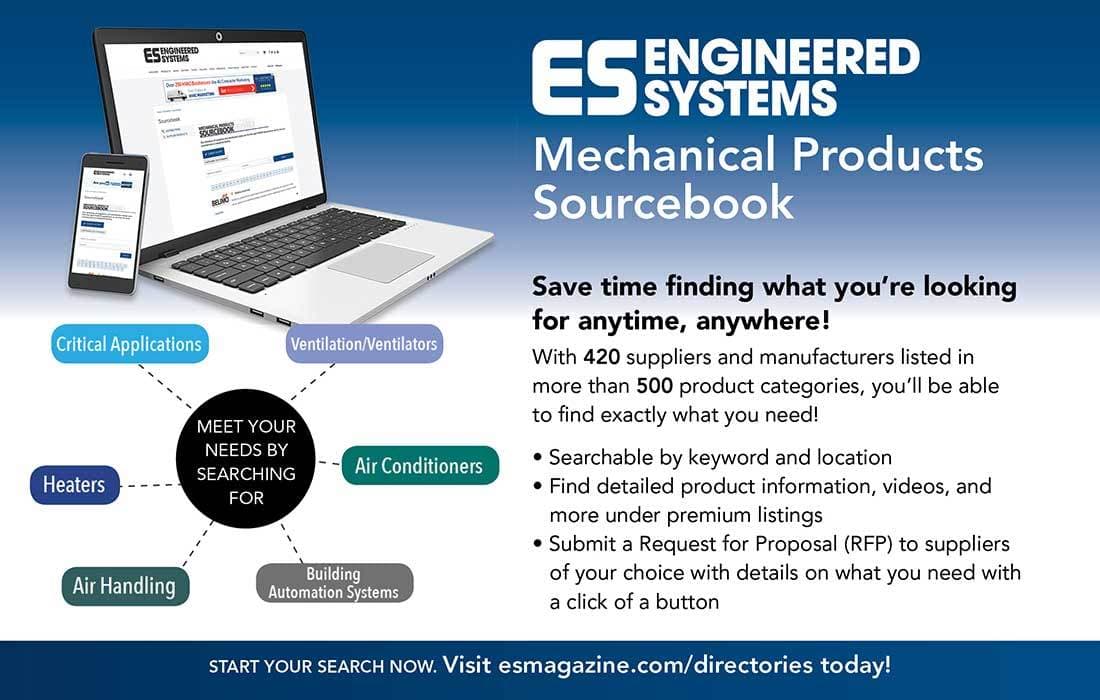
Commissioning
Virtual Retro-Commissioning: Remote Implementation Support
An owner-driven process can be best as long as the staff-assigned responsibility is given the time and budget to spend on expeditiously addressing energy conservation opportunities and performance improvement activities.
SCROLL
This is my last installment about virtual (remote) retro-commissioning. As we come out of the pandemic, this process may continue to be an option for building owners on tight budgets and/or with skilled on-site staff to assist remote commissioning professionals. This month, I’ll cover the retro-commissioning implementation process.
Whether the focus of retro-commissioning is energy savings or systems performance improvement, no benefits are realized until the owner acts on the findings. Even without waiting for a formal report, a commissioning professional should be adding to and maintaining a findings-and-recommendations matrix. This matrix can be a simple spreadsheet shared via email with the owner or an online tracking tool that anyone on the retro-commissioning team can access and update. Finally, it can be part of a sophisticated energy management platform, a number of which are employed by owners with portfolios of multiple buildings.
The key is for the tracking tool to be simple and limited only to information the owner finds helpful. If each row is an issue to be resolved, columns typically start out with (1) a unique issue identifier, (2) a brief name for the issue, (3) a description of the issue, (4) a system identifier (e.g., with which building system is it associated?), (5) an estimated annual energy savings (if applicable), (6) an estimated implementation cost, and (7) a calculated energy payback or return on investment (if applicable).
As the owner moves into planning and addressing the issues, columns for (8) a priority metric, (9) a responsible party, (10) a deadline date, and (11) a status update are the minimum additional columns.
It often makes sense for multiple issues to be addressed as a single “project.” In that case, there would be a column (12) identifying which owner project is expected to resolve the issue. Other possible columns could include (13) outside contractor assignment, (14) actual cost, and (15) general notes.
The remote commissioning professional’s involvement in implementation is unique to each project. On one end of the spectrum, the commissioning professional could be responsible for driving the process through meetings, matrix updates, coordination of contractors, implementation verification, and periodic reports to the building owner. On the other end of the spectrum, the commissioning professional may be totally out of the loop with respect to planning, contracting, resolving, and following up on issues.
I suggest the preferred approach is someplace in the middle. An owner-driven process can be best as long as the staff-assigned responsibility is given the time and budget to spend on expeditiously addressing energy conservation opportunities and performance improvement activities. The commissioning professional can stay engaged, first, as a consultant regarding each of the issues and any questions the owner and/or contractors have about the root problems and how to resolve them. For complex issues requiring design engineering and/or controls modifications, the commissioning professional can review the proposed solutions on behalf of the owner.
Finally, and absolutely key to realizing the benefits of retro-commissioning, the remote retro-commissioning professional can serve as a third-party commissioning professional to verify that each issue is properly addressed and achieving the expected energy savings and/or improved performance.
Rebecca T. Ellis, P.E., CXA, CCP, BCxP
Rebecca Ellis is president of Questions & Solutions Engineering Inc. in Chaska, Minnesota. Email her at rebecca.ellis@qseng.com.
WWW.ESMAGAZINE.COM/ELLIS
Use this handy shortcut to see Rebecca’s entire online archive of commissioning insights.


